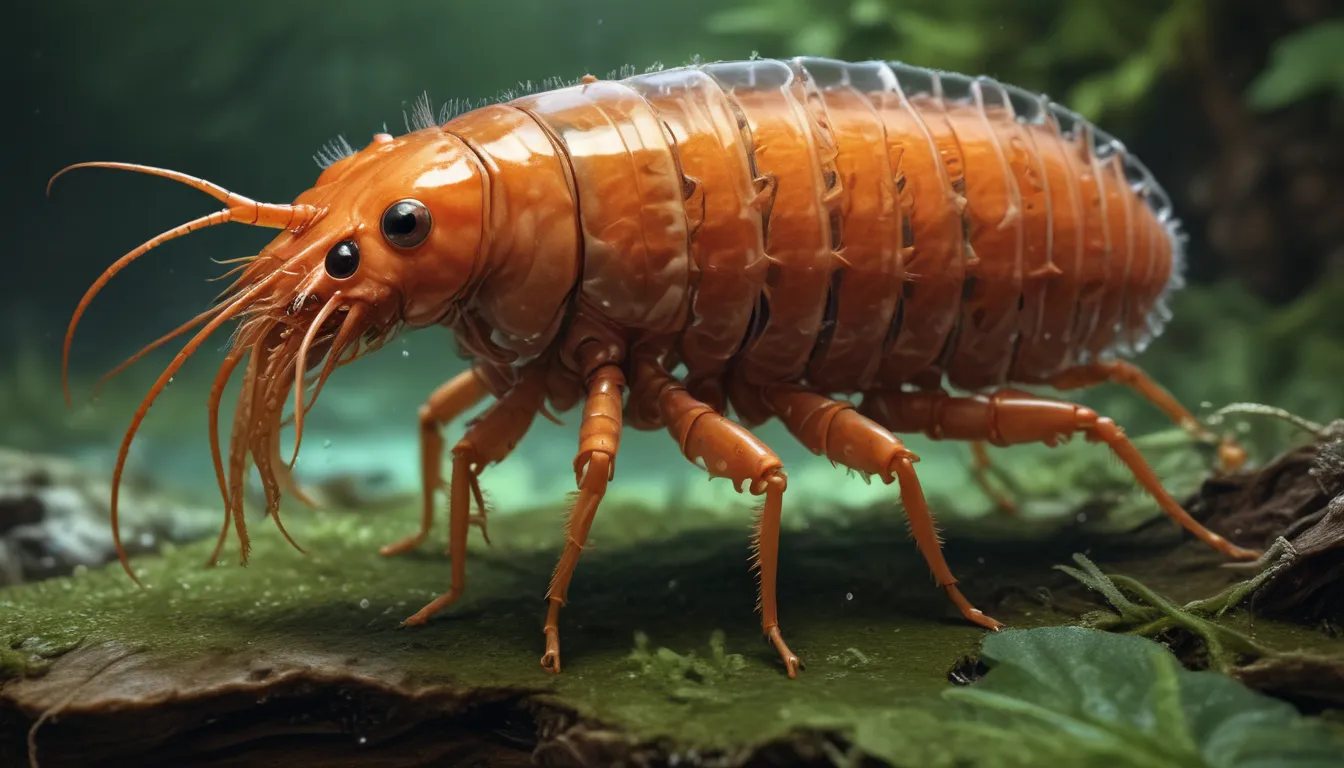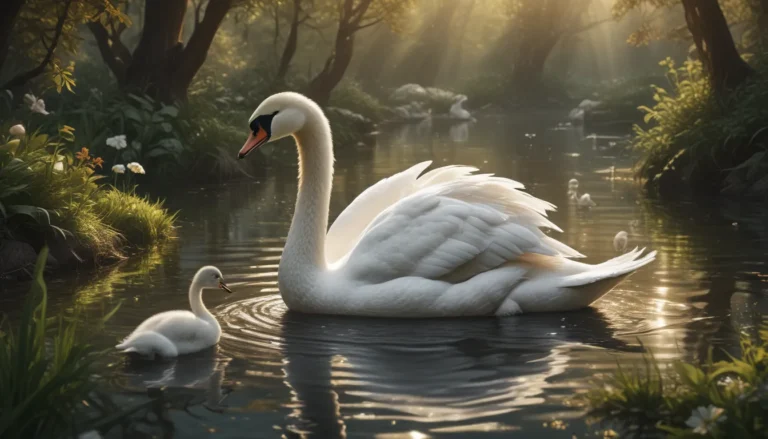The pictures we use in our articles might not show exactly what the words say. We choose these pictures to make you interested in reading more. The pictures work together with the words but don’t take their place. The words still tell you the important facts.
Amphipods, the small crustaceans that inhabit both freshwater and saltwater environments, are often overlooked in the grand scheme of aquatic life. However, these fascinating creatures have a wealth of intriguing characteristics and play vital roles in their ecosystems. Let's delve into 19 captivating facts about amphipods that will enhance your understanding of these remarkable organisms.
Unveiling the World of Amphipods
Amphipods, classified under the order Amphipoda, are recognized for their laterally compressed bodies and curved abdomens. With over 10,000 known species, these diverse creatures can be found all around the globe in various environments, showcasing their adaptability and resilience.
The Unique Attributes of Amphipods
-
Swimming Style: Amphipods exhibit a distinctive way of swimming, utilizing their powerful body segments and specialized appendages to navigate through the water swiftly and efficiently.
-
Bioluminescence: Some species of amphipods possess the remarkable ability to produce their own light, a trait used for purposes like attracting mates or deterring predators.
-
Transparency: Certain amphipod species have evolved to be transparent, employing this characteristic as a form of camouflage to blend seamlessly with their surroundings.
-
Extreme Environments: Amphipods have been discovered in some of the most extreme environments on Earth, including deep-sea trenches, hydrothermal vents, and the icy depths of Antarctica.
-
Regeneration: Amphipods showcase an impressive ability to regenerate lost limbs through autotomy, a process where they can grow back a new limb if one is lost due to injury or predation.
Ecological Significance of Amphipods
-
Ecosystem Role: Serving as scavengers and detritivores, amphipods play a crucial role in aquatic ecosystems by consuming decaying organic matter and contributing to environmental cleanliness.
-
Food Source: Amphipods are an essential part of the marine food chain, serving as a vital food source for various aquatic predators, including fish, birds, and whales.
-
Adaptability: With their ability to colonize diverse habitats, from freshwater lakes and rivers to saltwater estuaries and intertidal zones, amphipods showcase remarkable adaptability.
-
Bioindicators: Amphipods have been utilized as bioindicators in ecological studies, providing valuable insights into the health and quality of aquatic ecosystems based on their presence or absence.
Behavioral Insights
-
Reproductive Cycle: Amphipods typically undergo internal fertilization, with females carrying the eggs until they hatch into tiny larvae, showcasing a complex reproductive cycle.
-
Social Behaviors: Amphipods exhibit a range of social behaviors, with some species forming large aggregations, showcasing hierarchical structures, and engaging in intricate mating rituals and parental care.
-
Symbiotic Relationships: Certain amphipod species establish symbiotic partnerships with other organisms, fostering mutually beneficial relationships with hosts such as anemones, sponges, or other invertebrates.
Evolutionary History and Research Significance
-
Rich Evolutionary History: Amphipods have a rich evolutionary history dating back to the Paleozoic era, positioning them as one of the oldest groups of crustaceans with a resilient lineage.
-
Research Focus: Due to their unique adaptations and ecological roles, amphipods have been a focal point of scientific research, fueling studies on evolution, physiology, and marine biology.
-
Importance of Amphipods: These tiny creatures, with their diverse forms, behaviors, and survival strategies, contribute significantly to the scientific understanding of marine ecosystems and biodiversity.
FAQs: Answering Common Questions
-
What are amphipods?: Amphipods are small crustaceans found in freshwater and marine environments known for their distinct physical characteristics and swimming abilities.
-
Where do amphipods live?: Amphipods inhabit a variety of habitats, including freshwater streams, oceans, and even extreme environments like deep-sea hydrothermal vents.
-
How do amphipods reproduce?: Amphipods showcase various reproductive strategies, including internal fertilization and, in some cases, asexual reproduction through parthenogenesis.
-
Are amphipods harmful to humans?: Amphipods are generally harmless to humans and do not pose a threat, playing vital roles within their ecosystems.
-
Can amphipods be kept as pets?: Some species of amphipods can be kept as pets in aquariums, requiring specific water conditions and diets for optimal care.
-
Are amphipods important for the ecosystem?: Yes, amphipods are crucial for nutrient cycling, serving as a food source for larger organisms, and aiding in the decomposition of organic matter.
Appreciating the Marvels of Amphipods
In summary, amphipods stand out as fascinating creatures with a repertoire of unique features and ecological significance. Whether thriving in extreme environments or supporting complex food webs, these crustaceans exhibit a blend of adaptability, diversity, and evolutionary legacy worth exploring. As you encounter amphipods in aquatic settings, take a moment to reflect on the intricate world of these tiny yet remarkable organisms. Embrace the wonder of amphipods and recognize their important contributions to our understanding of nature's intricacies. As we continue to unravel the mysteries of the underwater realm, let the allure of amphipods inspire further curiosity and appreciation for the wonders of marine life.






